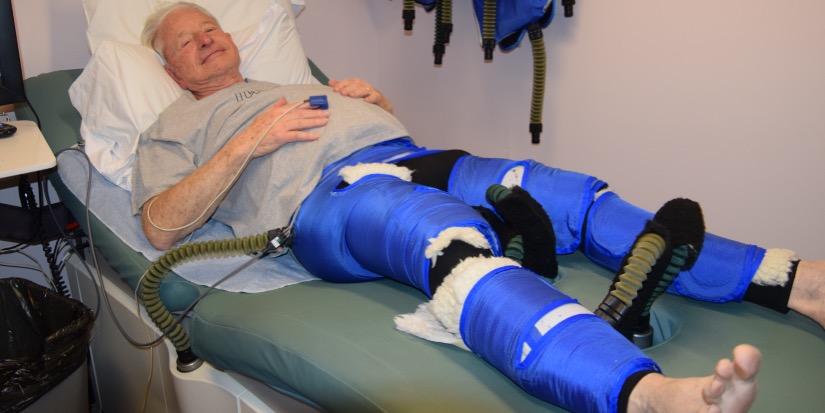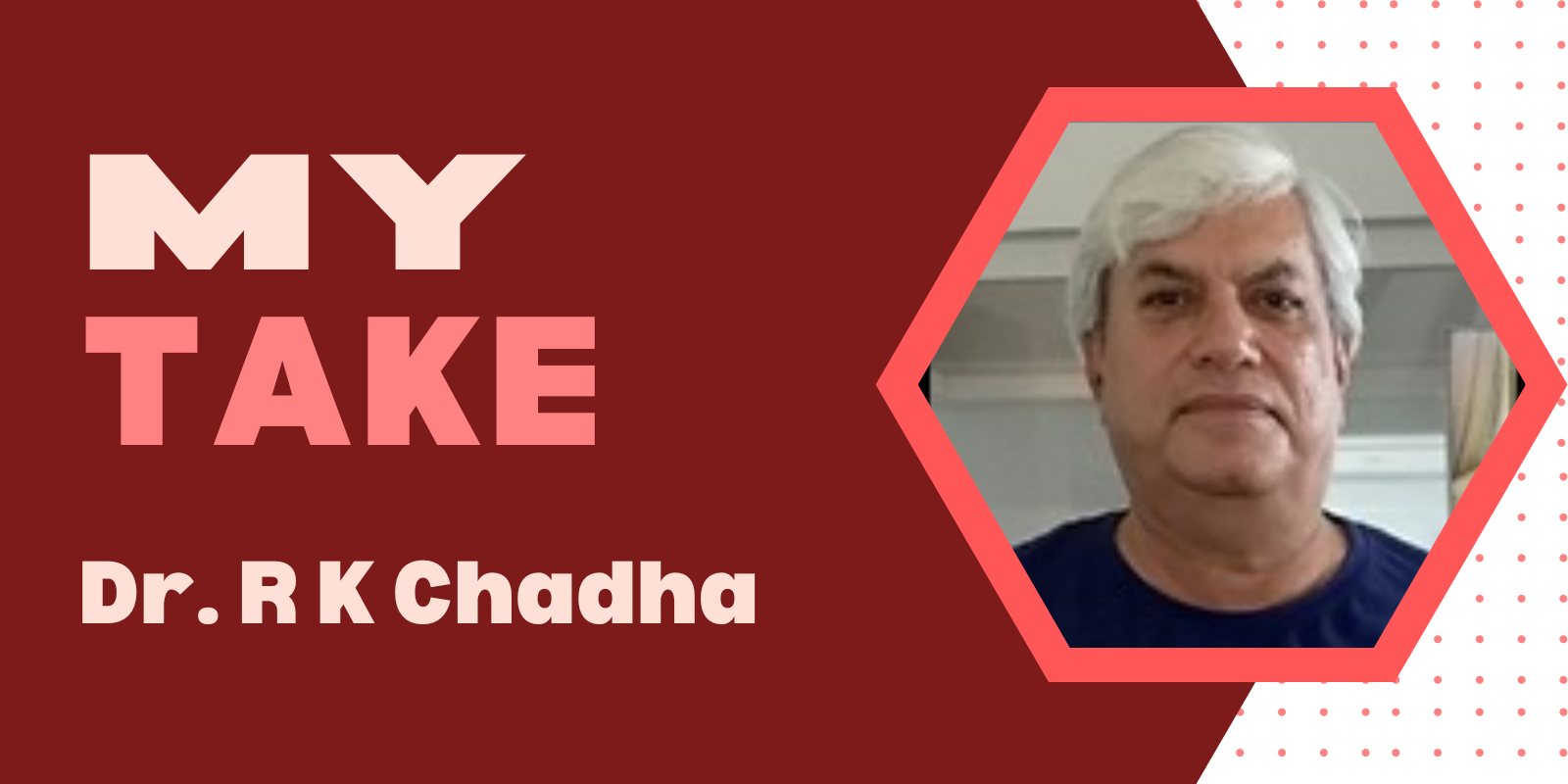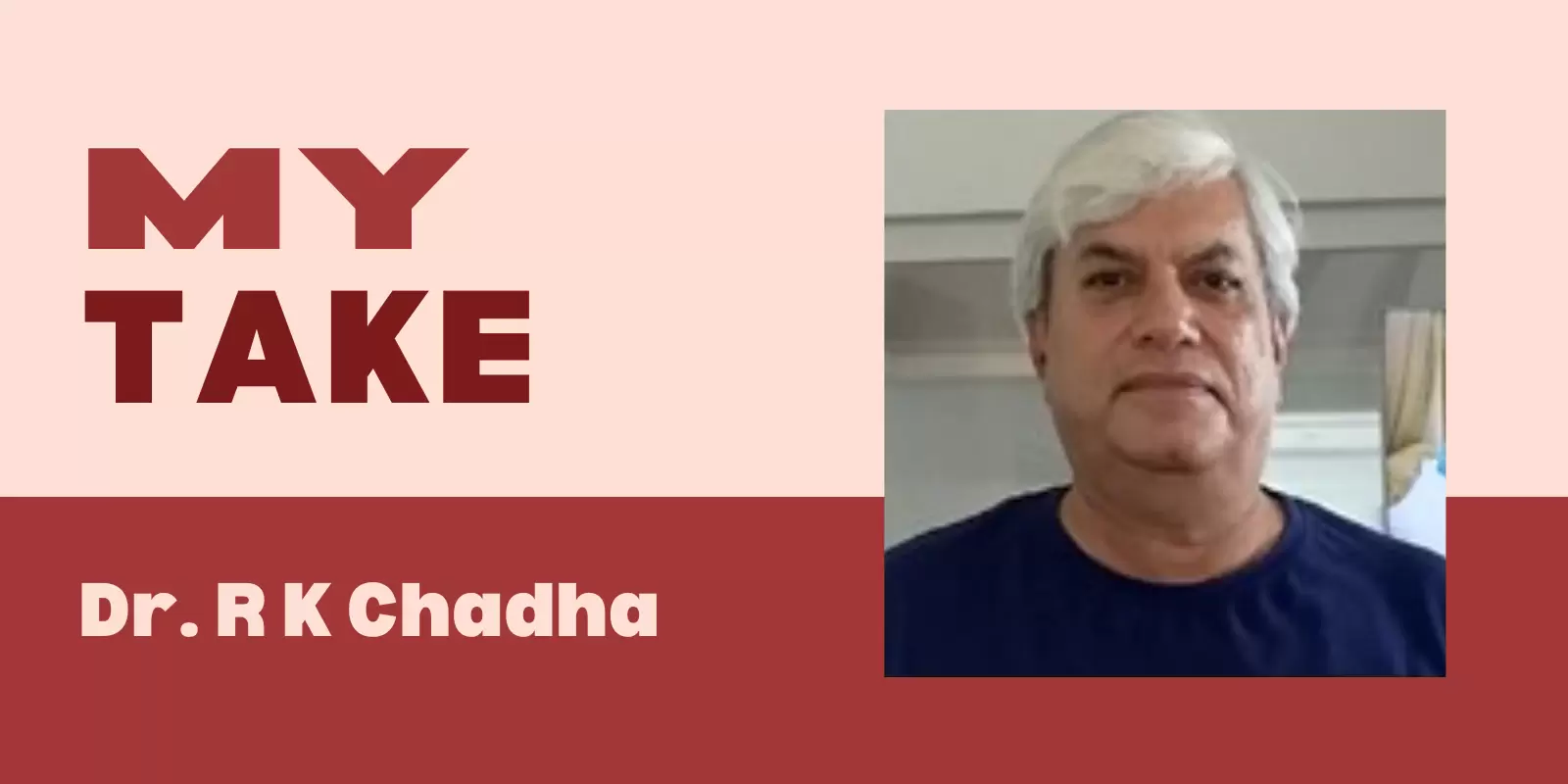There has been a sudden increase in heart attack cases in recent times involving people of middle and old age, especially post-COVID-19 pandemic. Though there is no empirical case study undertaken, the perception is very strong, and one wonders what might be the cause. Even if there is some truth in this at a global level, the sedentary lifestyle of most Indians combined with unhealthy habits of tobacco usage, and consumption of a diet that is high in salt, sugar, and unhealthy fats lead to obesity, diabetes, and high blood pressure remain the main risk factors.
In this scenario, Enhanced External Counter Pulsation (EECP) treatment for heart disease offered by some medical practitioners as an alternative to bypass surgery or angioplasty needs a detailed examination in terms of pros and cons and its limitations. Heart disease is a blanket term and can manifest in different ways; i) it could be Rheumatic heart disease caused by a rheumatic fever that affects heart valves and joints, ii) Valvular heart disease due to hardening and thinning of valves viz., aortic, and mitral, pulmonary and tricuspid affecting blood flow and circulation, iii) Hypertensive heart disease caused due to high blood pressure that damages the blood vessels, iv) Cerebrovascular disease that affect the blood flow to brain caused by atherosclerosis that is thickening of artery walls caused by buildup of plaque in the inner lining of an artery as clots, v) Abnormal rhythm of heart called arrhythmia, vi) Congenital heart diseases, vii) Inflammatory heart disease due to inflammation of the pericardium, the membrane that surrounds the heart and viii) Coronary Artery Disease (CAD) is referred to as ischemic heart disease meaning the heart is not getting enough blood and oxygen due to narrowed coronary arteries that supply blood to the heart muscle.
EECP is an emerging non-invasive therapeutic option for people who suffer from angina or heart failure, especially those patients who have triple vessel disease with a lower survival rate after surgery or angioplasty alone. The Food and Drug Administration (FDA), USA has approved it as an outpatient therapy for chronic stable angina. Angina is a signal our body gives when our heart muscle is not receiving enough oxygenated blood flowing from coronary arteries. When the vessels that supply the heart with oxygenated blood become narrow, the area of the heart that is not receiving the proper blood flow responds with a very painful signal called angina pectoris. Angina may feel like chest pain or pressure, shortness of breath, pain in the jaw, neck, and arms, back, nausea, or generalized fatigue.
During the EECP treatment, blood pressure cuffs are wrapped around the legs squeezed, and released in sync with the heartbeat promoting blood flow throughout the body and particularly to the heart. In the process, new pathways are developed around blocked arteries in the heart by expanding networks of tiny blood vessels called collaterals that help increase and normalize blood flow to the heart muscle. This is a kind of natural bypass that is different than the invasive procedure that bypasses the specific artery that is blocked to fix the problem of poor blood flow or by putting a stent.

EECP has been used in the treatment of angina for the past two decades with a record of safety and more recently, several scientific publications have appeared in support of its efficacy. But still, it is not a popular choice of cardiologists, the world over. One of the reasons is that it is a new therapy and may take some time for people and cardiologists,, to accept it before it becomes a common treatment.
The second reason could be that this therapy is not suitable for all patients with heart blockages. For example, patients with certain medical conditions, such as aneurysms or severe peripheral artery disease, may not be candidates for this therapy. An aneurysm is a bulging, weakened area in the wall of a blood vessel resulting in an abnormal widening or ballooning of the vessel’s normal diameter. An aneurysm may occur in any blood vessel but is most often seen in an artery rather than a vein.
Several healthcare centers have mushroomed in the country that provide EECP treatment at a cost varying from Rs.1.0 to 1.5 lakhs for a 7-week course that requires 1 hour of daily therapy.
My final verdict is that since it is a therapy, it is advisable to take the professional help of a cardiologist to know the condition of one’s heart disease.
If the advice is for a bypass or angioplasty procedure that has a proven track record with the highest success rate in treating heart disease, then go for it. Period. Sometimes, in some chronic cases, cardiologists may themselves advise for alternate treatment.






